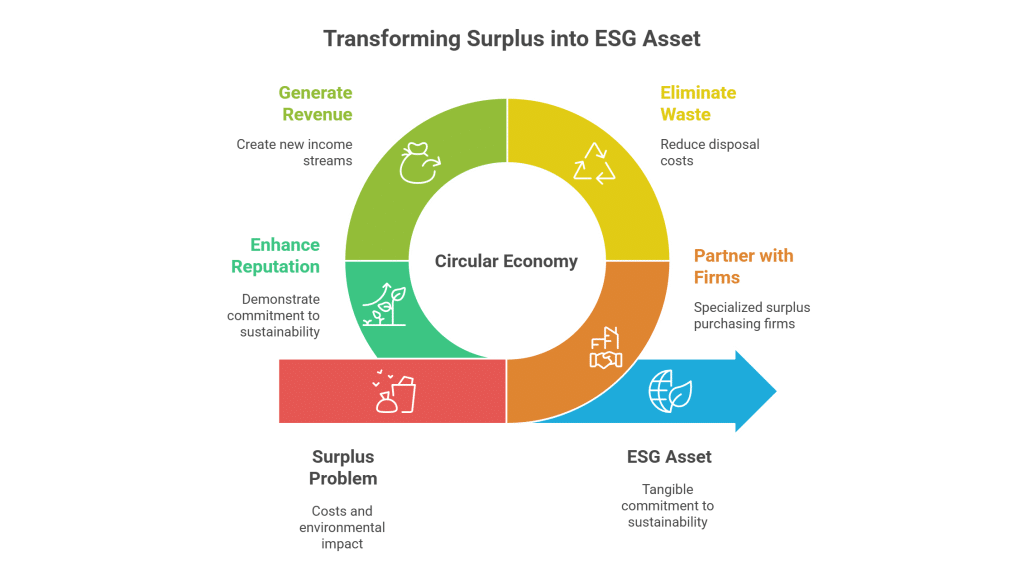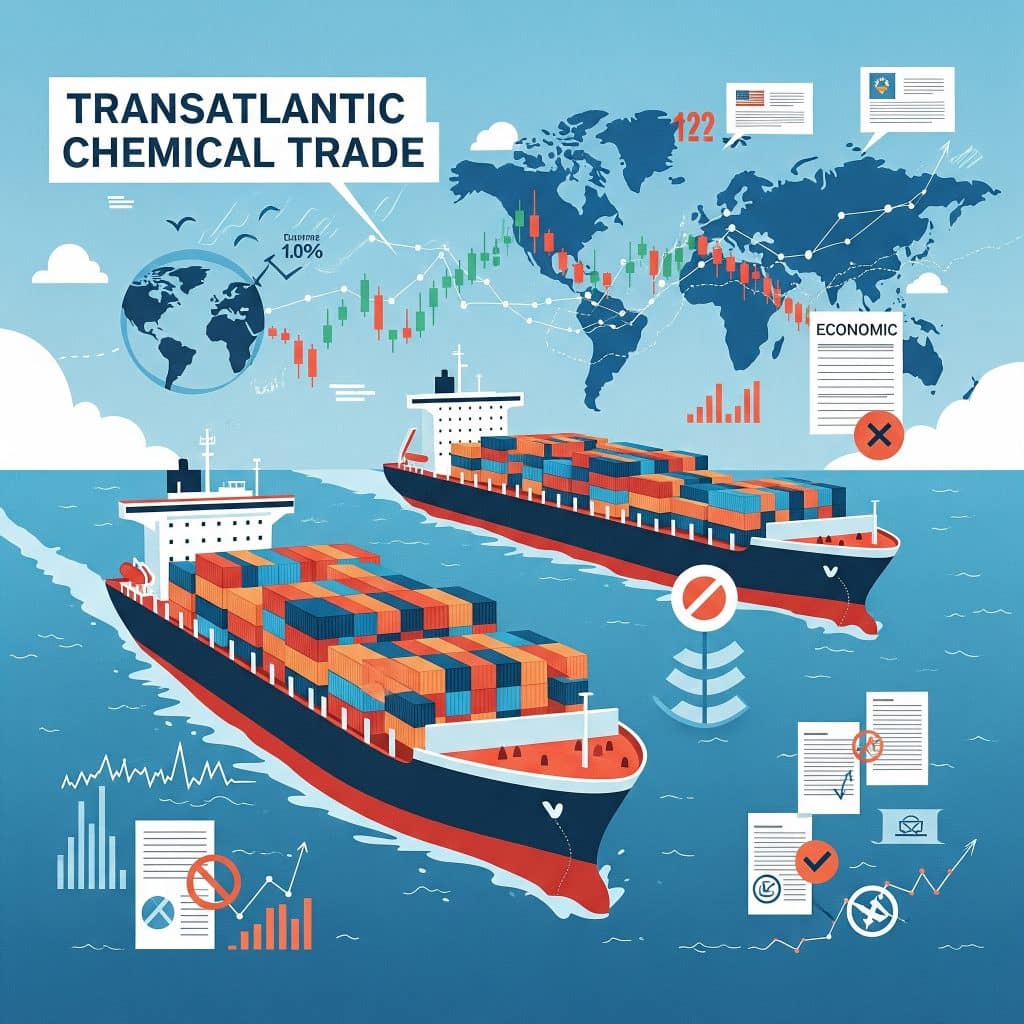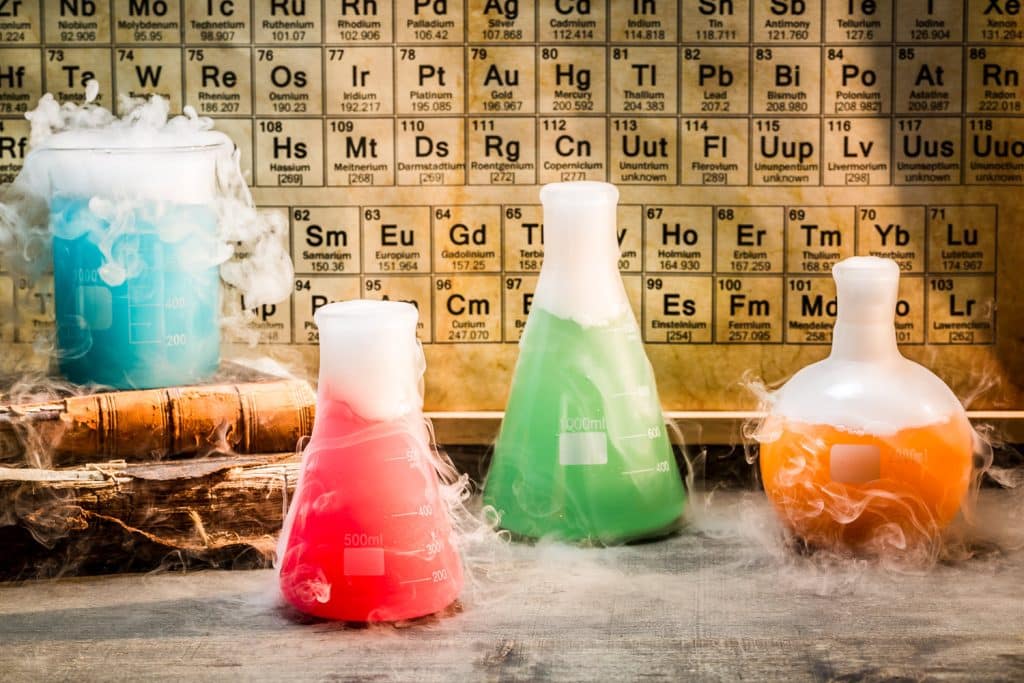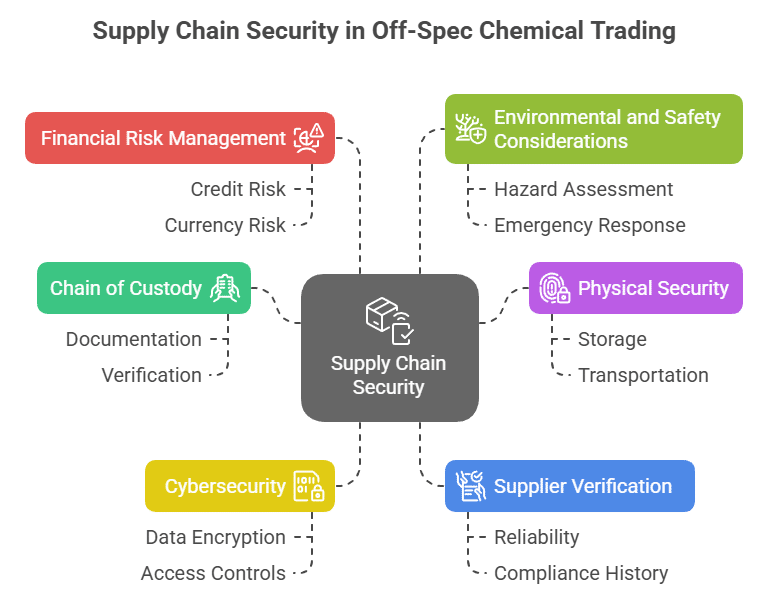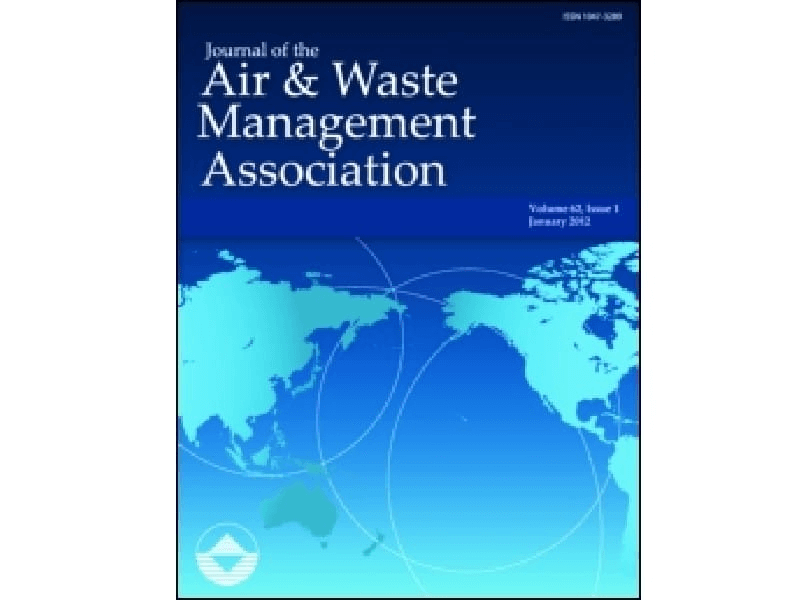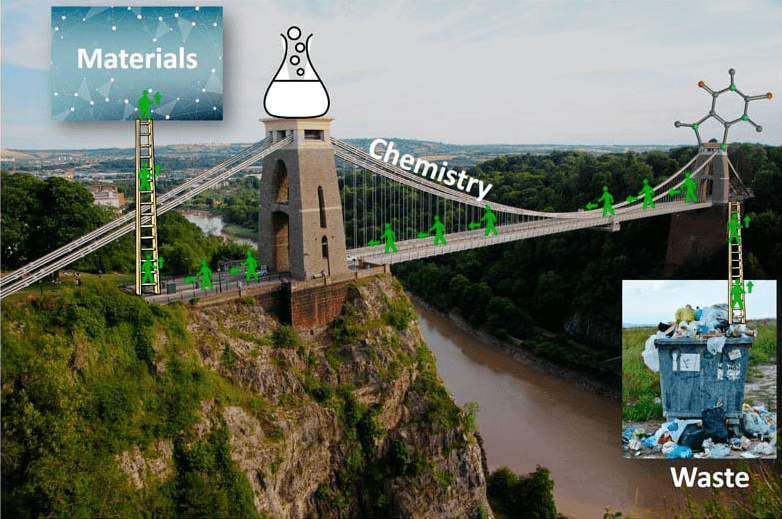Discover the Value of Surplus Calcium Hydroxide in Construction & Water Treatment
Calcium Hydroxide in Construction & Water Treatment: Unlock Surplus Value
Calcium Hydroxide (lime) Applications in Construction & Water Treatment
Table of Contents
Success Story: Transforming Surplus Calcium Hydroxide into Profit and Performance
A well-established water treatment plant recently collaborated with a surplus chemical trading partner to offload an excess inventory of calcium hydroxide. Rather than facing the high cost of chemical disposal and storage, the facility capitalized on this opportunity to transform unused stock into revenue. The chemical was promptly acquired by a construction company that used it to improve mortar and stabilize soils in a large-scale building project. This successful transaction not only bolstered the financial health of both companies but also contributed to more sustainable practices. It stands as a prime example of how surplus chemical trading can mitigate storage challenges, enhance project efficiency, and promote eco-friendly industrial practices.

